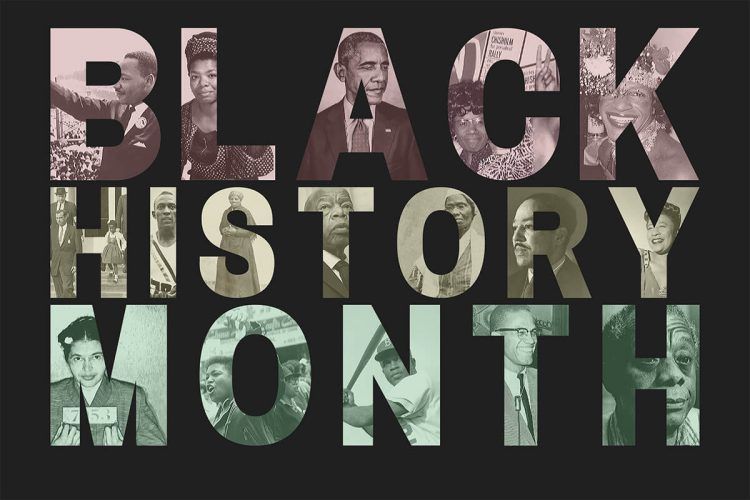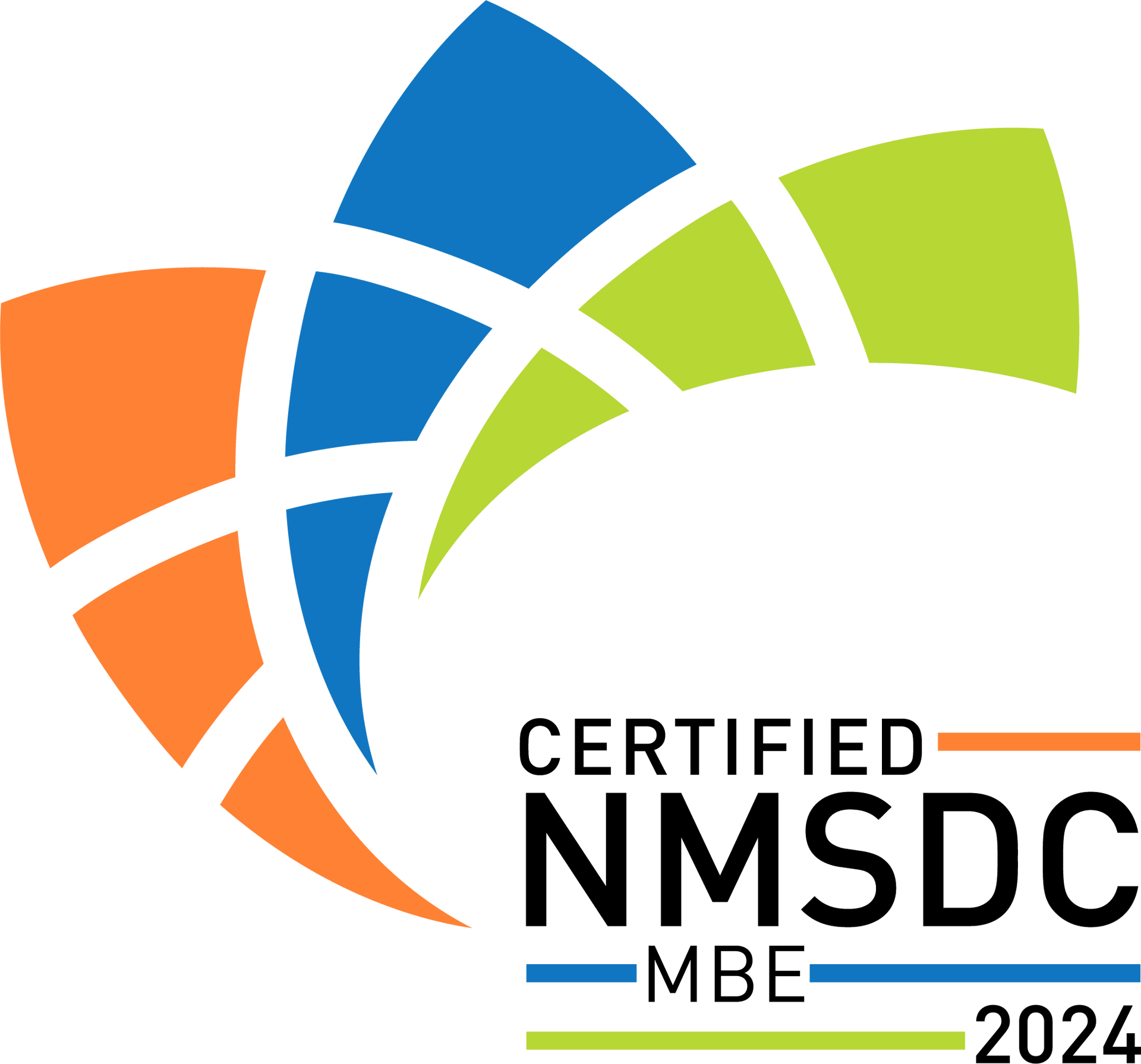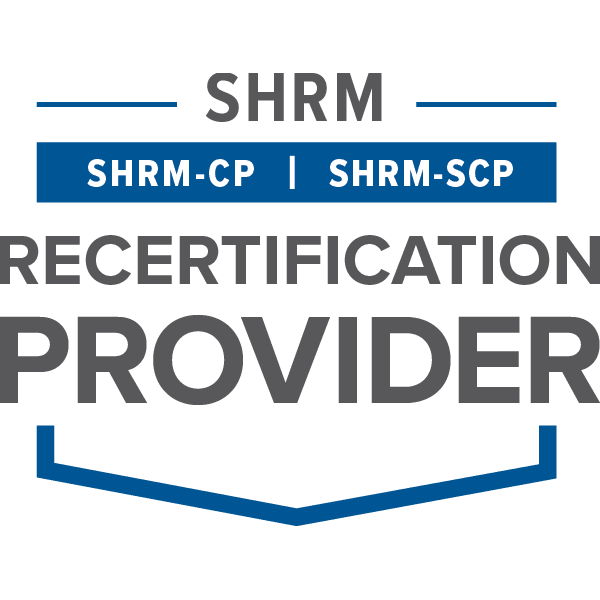Leading to Success
Ever been in an interview, and the first question you get it, “Describe your leadership style for us!” What are you saying? “Uhhh…positive?”. You know your capabilities and effectiveness as a leader, now it’s time to communicate that. There are many different leadership styles, and many ways to assess what type of leader you show up as, let’s dive into it!
10 Most Common Leadership Styles and Their Meanings
- Coach – Recognizes team strengths, weaknesses, and motivators.
- Benefits: Positive and promotes development
- Challenges: Time consuming with one-on-ones
- Visionary – Progress-focused and inspirational
- Benefits: Unite teams, grow company, improve processes
- Challenges: Too focused on big picture, missing details of present day
- Servant – People first mindset, emphasis on employee satisfaction
- Benefits: Boost employee loyalty, productivity, and development
- Challenges: Burnout, hard time being authoritative
- Autocratic – Focused on results and efficiency
- Benefits: Promote productivity through delegation and direct communication
- Challenges: Lack flexibility, high stress environment
- Laissez-faire – Delegating tasks, little supervision
- Benefits: Encourages accountability and creativity leading to higher retention
- Challenges: Not effective with new employees, lack of training and attention to detail
- Democratic – Asks for input, and considers feedback from the team
- Benefits: Employee empowerment, value, and sense of unification
- Challenges: Inefficient and costly, always gathering big groups and waiting for feedback
- Pacesetter – Focused on performance, set high standards, accountability
- Benefits: Push employees to hit goals and accomplish objectives. Promotes high energy environment
- Challenges: Stressful environment, always worried about a deadline
- Transformational – Clear communication, goal setting, driven by organizational objectives
- Benefits: Boosts company morale and retention. Values ethics of organization and team
- Challenges: Can lead to team or company wins going unnoticed, overlooks details
- Transactional – Goal oriented, provides incentives for wins and disciplinary measures for losses
- Benefits: Achieve goals and set a clearly defined structure
- Challenges: Company struggles with adversity, style is unmotivating
- Bureaucratic – Rule oriented
- Benefits: Leads to efficiency, avoid clouding team’s ability to hit goals
- Challenges: Does not promote creativity, restricting to employees
As you can see, there are various styles of leadership, that all come with their advantages and disadvantages. It’s important to recognize what type of leader you are, and be mindful and aware of the challenges faced, to ensure you have implementations set to counteract these challenges.
How do I find out what type of leader I am?
Now that you know the different types of leadership styles, it’s time to find out which you resonate closest with! Of course, you can look at the definitions of each and take a guess, but most of the results you will find is whichever style sounds best, which will not be accurate. See below for other effective ways to find out your true leadership style and start developing your approach!
- Leadership assessments
- Myers-Briggs test
- CARES profile assessment
- Gallups Strength Finder
- Career Coaching or Mentors
- Sign up to meet with a career coach or mentor, so you can have a real-life conversation about your approach in the workplace, challenges you face, things that motivate you, and let the coach assess all your information and give you extensive background on what style of leader you are, why, and how to effectively lead your team to success
- Professional Development Programs
- Join a professional development program to collaborate with other leaders and gain insight on the pros and cons of each style through concrete examples, and activities on how to be the best leader
As a leader, you have a team looking to you for direction and advice on how they can become like you! It’s important to be the most authentic, engaging leader you can, for the positive development of your team and organization.
For more information on leadership, please contact us at DT@diverse-talent.com




